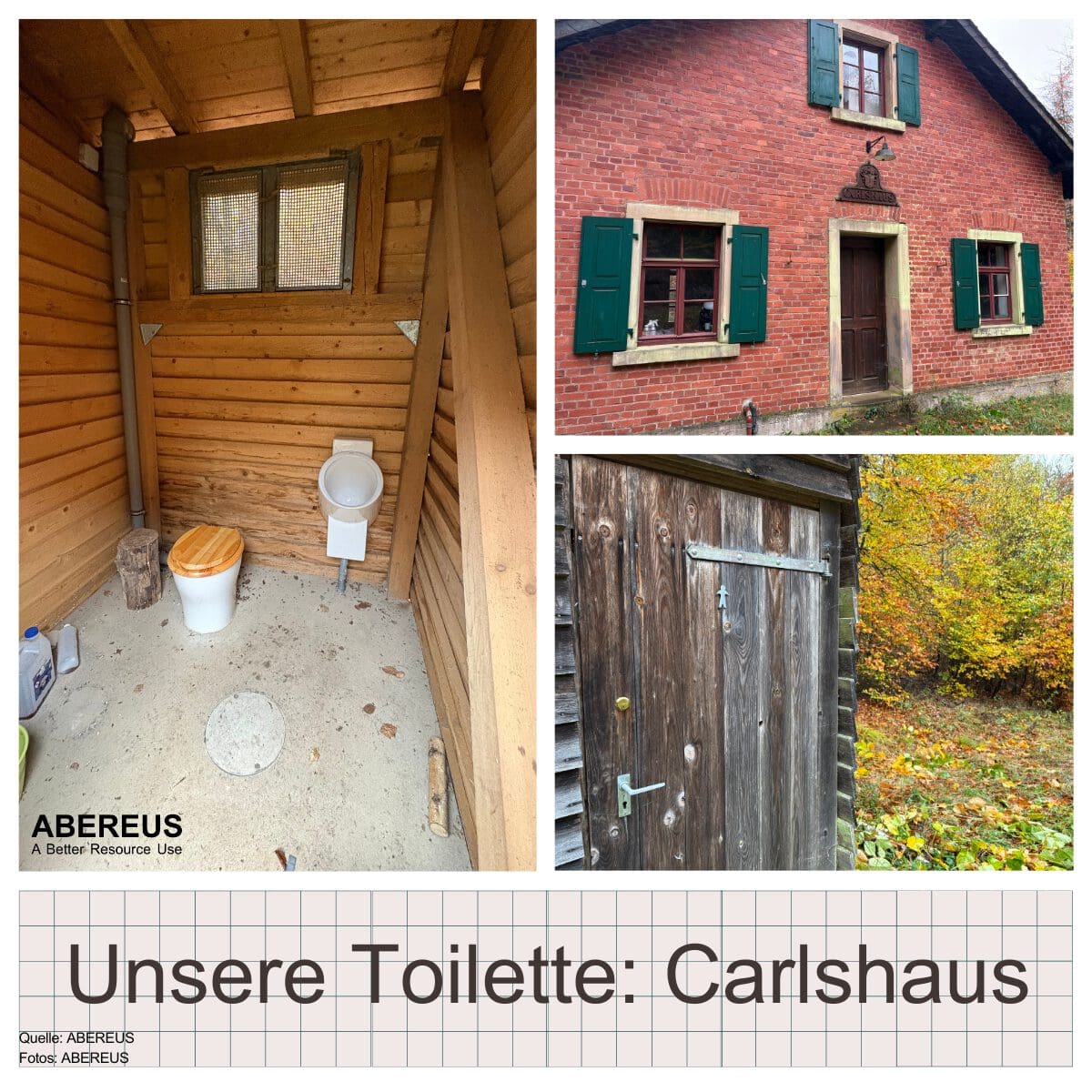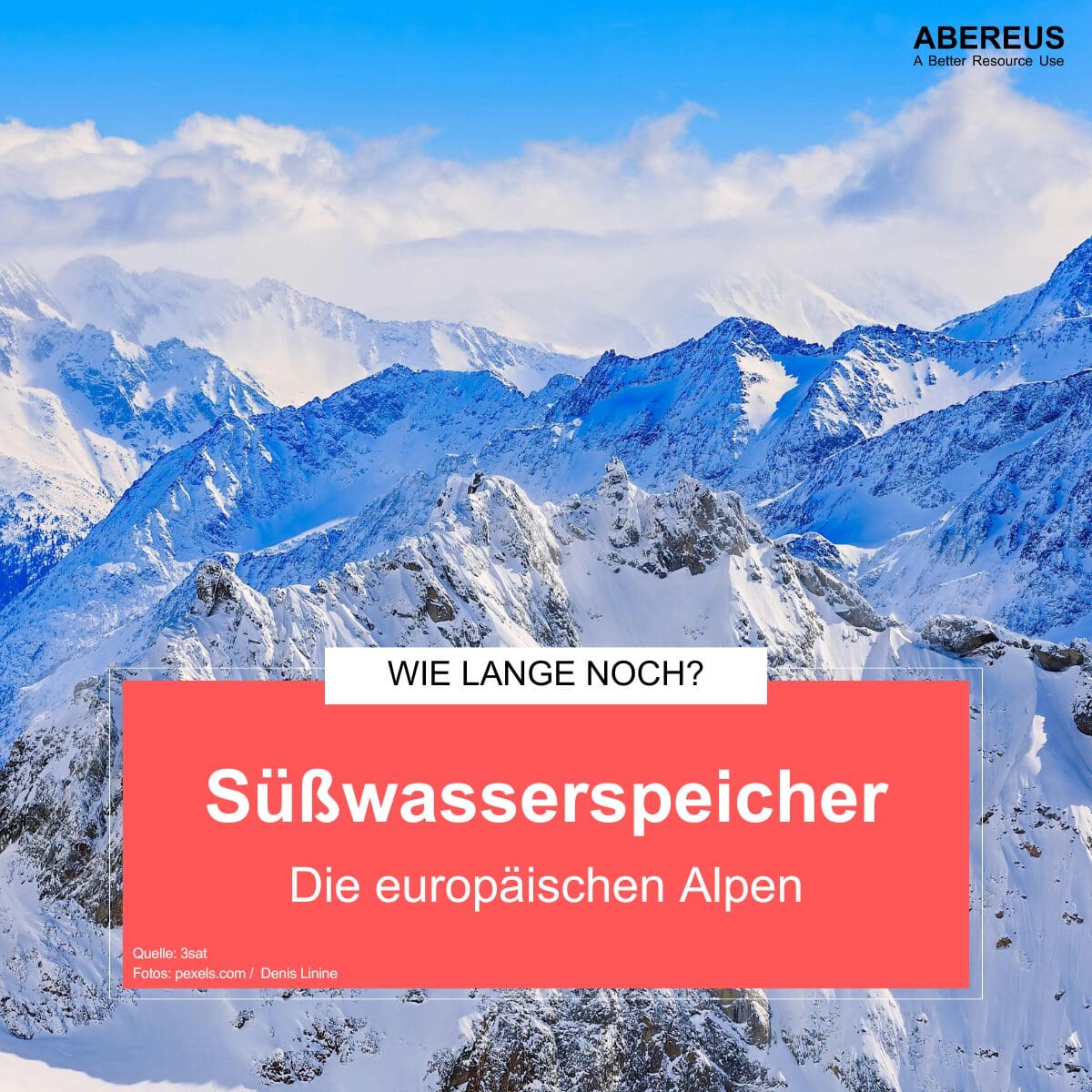Water scarcity in Lima

Date
The migration from rural areas to the overcrowded capital, Lima, is increasing as water becomes a luxury for many residents. Volunteers aim to alleviate this plight with a simple idea. A ten-kilometer wall separates contrasting lifestyles in Lima, Peru. On one side lies the affluent Casuarinas with swimming pools while on the other side lies the Pamplona slum, devoid of running water. Locals dub it “the Wall of Shame,” symbolizing inequality. Lima, the second-largest city built in a desert after Cairo, has swelled to about ten million inhabitants, with a third of Peru’s population residing there.
Innovative ideas from childhood
Water scarcity exacerbates the rich-poor divide, with the affluent wasting while the poorest rely on expensive water deliveries. Engineer Abel Cruz, inspired by childhood hardships fetching water, devised a solution to harvest water from fog. His organization, “Movimiento Peruanos Sin Agua,” has installed over 2000 fog catchers nationwide, benefiting marginalized areas like Pamplona and Villa Maria del Triunfo. Each net can yield 200 to 400 liters of condensed water daily, sufficient for multiple families.
While not potable, this water sustains gardens and laundry. Cruz’s innovation, inspired by banana leaves, offers hope in water-stressed regions. Photographer Alessandro Cinque, impressed by Cruz’s fog catchers, believes such low-cost inventions are crucial in water-scarce regions. Despite promises of a better life, Lima’s growth persists amid drastic inequality and worsening by the climate change.
Cruz’s fog nets provide some relief to Lima’s slum dwellers like Mercedes Huamani Mitma, who now tends a garden with fog water, bringing her joy and sustenance. Despite challenges, such innovations offer a glimmer of hope amidst Lima’s urban sprawl and water scarcity.
If you’re curious to learn more about water scarcity and toilets, get connected and join us for a better resource use
Photo: https://www.pexels.com/de-de/foto/stadt-gebaude-baume-wolkenkratzer-17269661/



